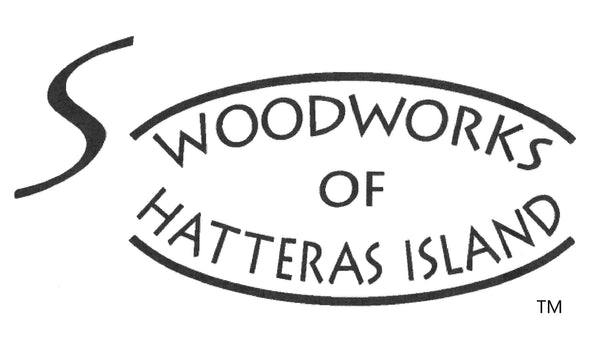FAQ's
What do you use to finish your boards and is the finish food safe? Each board is finished with 100% food-safe, mineral oil and beeswax to protect the wood and highlight its natural beauty. For table and non food related merchandise, the finish will vary.
I'm a real estate agent and I would like to give charcuterie boards as closing gifts to clients. Do you offer any discounts for something like that? I do. Contact me for a discount code and get 10% off of your order.
I'm a restauranteur and I like your bread boards for serving appetizers as well as bread. Any discounts offered there? Absolutely. Contact me for a discount code and get 10% off of your order.
Do you offer discounts to anyone else? Yes. This store began by selling to a real estate agent who would give boards out as gifts to clients. The same could and would be done for anyone buying in bulk (3 or more boards at a time). The 10% discount would be given per order.
Some of the descriptions say "live edge," "edge grain," "end grain," "face grain." What do these terms mean? Live edge refers to at least one unfinished edge on a piece of wood, rather than clean cut lines. It's wood that has maintained at least one unaltered edge. Edge grain is the side of the board while end grain is the end of the board. Face grain is the wide section of a board, where you can see the multiple layers of grain.
Edge grain and end grain tend to show less marks and knife scratches when used for a cutting board, with . Face grain is commonly used for charcuterie boards since you're not generally chopping or cutting on it. This is the major difference between charcuterie boards and cutting boards.
Edge grain boards are lighter and more budget-friendly, with a classic striped look. End grain boards are heavier, more durable, and “self-healing,” meaning knife marks are less visible.
How do I maintain my board? You wash your boards with soap and warm water. You can stand them up in a dry rack to dry. Do not let them sit in water. You also want to oil them as a basic maintenance. How often you oil boards depends on how often you use them. For maintenance I will use the food grade mineral oil, once and a while including the beeswax. Spread the oil or beeswax combo on your board, allowing enough time for the oil to soak into the board. Buff or wipe off the excess. Allow time to dry.
You want to avoid using olive or vegetable oils, as these oils can become rancid over time, leaving your board with a smell you probably would not appreciate. If you do not maintain your board, you will see it begin to dry and split over time. The wood may even become a little rough (which you could correct with some light sanding-but why let it get to that point?)
What should I do if my board develops small cracks or warps? Light sanding and re-oiling usually solves small cracks. Warping can often be reduced by storing the board upright and keeping it away from excess moisture.
Can I request a specific type of wood for a custom board? Definitely. Reach out before placing your order, and I will confirm availability.
Do you make wholesale or bulk orders for restaurants, weddings, or corporate gifts? Yes! I offer volume pricing for bulk orders. Please contact me for details.
Do you take wholesale or collaboration requests? Yes! If you’d like to partner, please send me a message with your idea.
Do you sell anywhere else besides your website? Right now, I primarily sell through my Shopify store. Occasionally, I also partner with local markets and boutiques.
How did you get started in woodworking? See the 'About' page for the offbeat way I got started in woodworking.
What if my board arrives damaged? Contact me right away with photos, and I will replace it at no extra cost.
How long will it take to make and ship my order? In stock orders ship within 3-5 business days. Custom pieces will take longer, depending on the job.
How is my board packaged to ensure safe delivery? Each board is wrapped securely, cushioned for protection, and packed in recyclable materials.
Why are your cutting and charcuterie boards more expensive than a lot of boards I see online? My boards may be more expensive for a number of reasons. First and foremost, no two boards are the same. I do not engage in mass production. I use sustainable hardwoods that will last for years, if cared for properly. With my boards, the wood feels like wood.
Please click here if you have any more questions.
